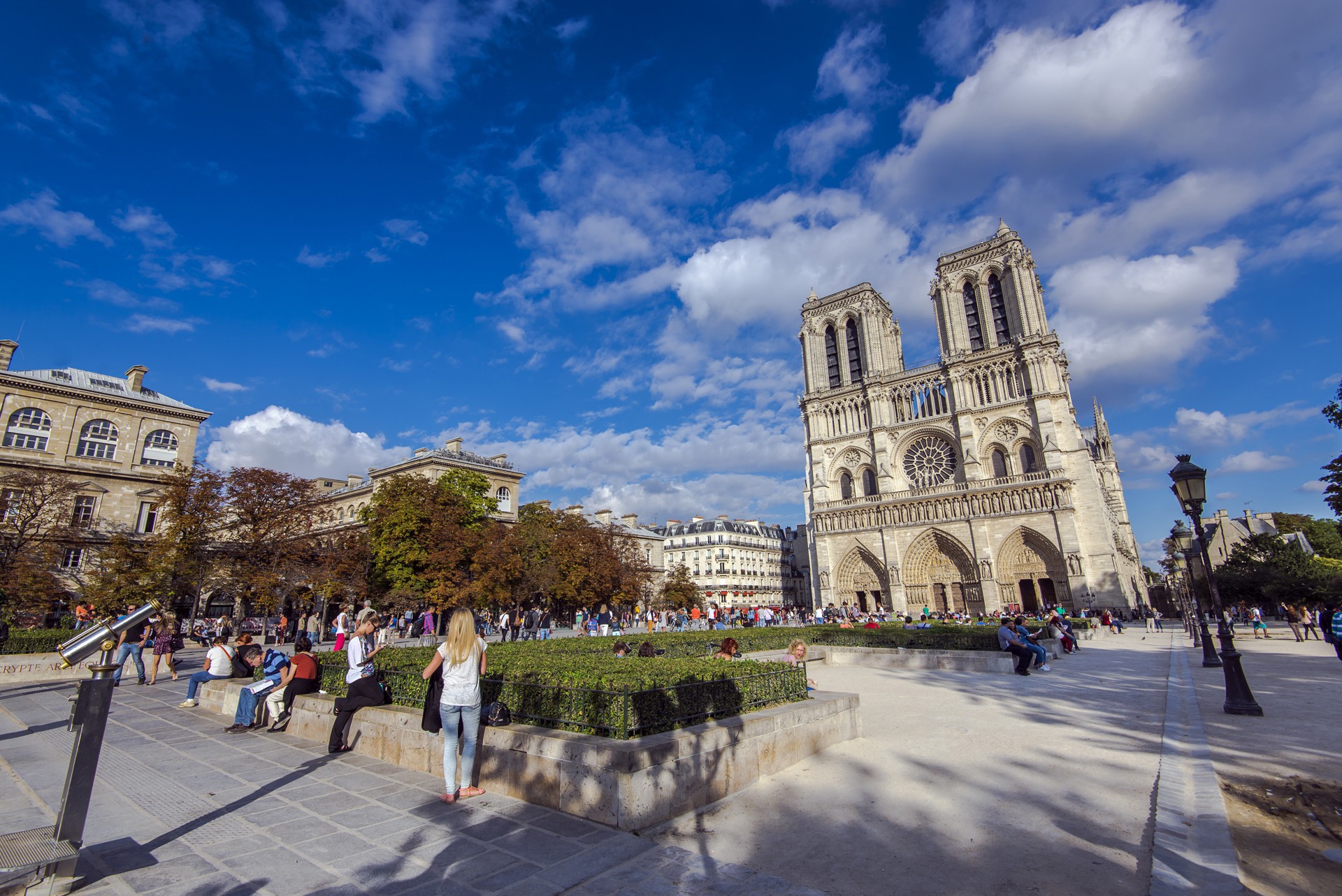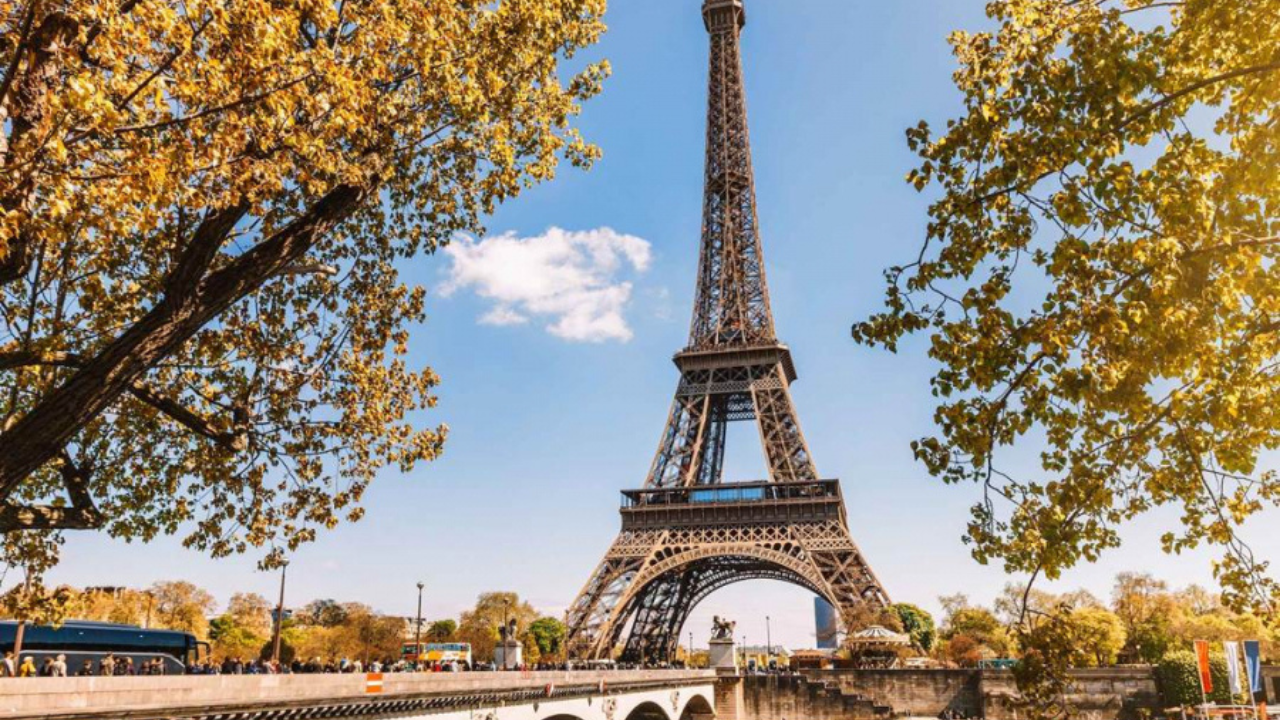This is a Catholic church that exemplifies the Gothic architectural style, but the creative use of a curved roof with ribs and flying buttresses, wind-flower windows and giant colorful mosaic stained glass combines the The naturalness and richness of its sculptural decoration set it apart from earlier Romanesque architectural styles.

Construction on the cathedral began in 1160 under Archbishop Maurice de Sully, and was largely completed by 1260, although it was regularly renovated in later centuries. In the 1790s, Notre Dame was desecrated by the French Revolution; much of its religious imagery has been damaged or destroyed. In 1804, the church was the site of the coronation of Napoleon I as Emperor of France, and witnessed the baptism of Henri, Count of Chambord in 1821 and the funerals of several presidents of the Third French Republic .
Popular interest in the cathedral blossomed soon after the publication, in 1831, of Victor Hugo's novel Notre-Dame de Paris. This led to a major restoration project between 1844 and 1864, overseen by Eugène Viollet-le-Duc, who added the cathedral's iconic spire. The Liberation of Paris was celebrated at Notre-Dame in 1944 with the singing of the Magnificat. Starting in 1963, the church's facade was cleared of centuries of soot and dirt. Another cleanup and restoration project was carried out from 1991 to 2000.

The cathedral is one of the most widely recognized symbols of the city of Paris and the nation of France. As the cathedral of the Archdiocese of Paris, Notre-Dame contains the sanctuary of the Archbishop of Paris (Michel Aupetit). 12 million people visit Notre-Dame every year, making the site the most visited monument in Paris.
In 1163, the first stone was laid in the presence of Pope Alexander III and King Louis VII. The name of the first architect was not mentioned. Bishop Maurice de Sully directed the construction work until 1196, then continued by bishop Eudes de Sully. The first construction includes four main stages:
• 1163-1182: Construction of electricity and two front corridors
• 1182-1190: Construction of the last two rooms, side rooms and forum
• 1190-1225: Construction of the exterior and first two rooms of the church
• 1225-1250: Construction of the upper corridor, two towers changed, windows expanded.
• 1350: Official construction completed.
Subsequent construction from the late 13th century to the early 14th century, the names of architects are recorded: Jean de Chelles, Pierre de Montreuil, Pierre de Chelles, Jean Ravy and Jean le Bouteiller. The two horizontal wings of the church were expanded and the altar was rearranged.

On April 15, 2019, Notre Dame Cathedral in Paris caught fire. The fire caused huge damage to the church structure. Almost the entire roof collapsed. Besides, the rose windows also suffered major damage. However, the stone tunnel area is still intact inside. According to the description of some related people who were allowed to enter the scene, "this area is relatively unaffected". Many antiquities were saved, French President Emmanuel Macron has vowed to rebuild the cathedral and raise funds to restore Paris' heritage.

Notre Dame de Paris is one of the most widely recognized symbols of not only the city of Paris but also the whole of France. Notre-Dame de Paris has inspired many works such as Hugo's The Hunchback of Notre Dame and the 1996 Disney film. This is the cathedral of the Archdiocese of Paris, Notre-Dame led by the Archbishop of Paris (Michel Aupetit) manager. Every year more than 12 million tourists visit here.






